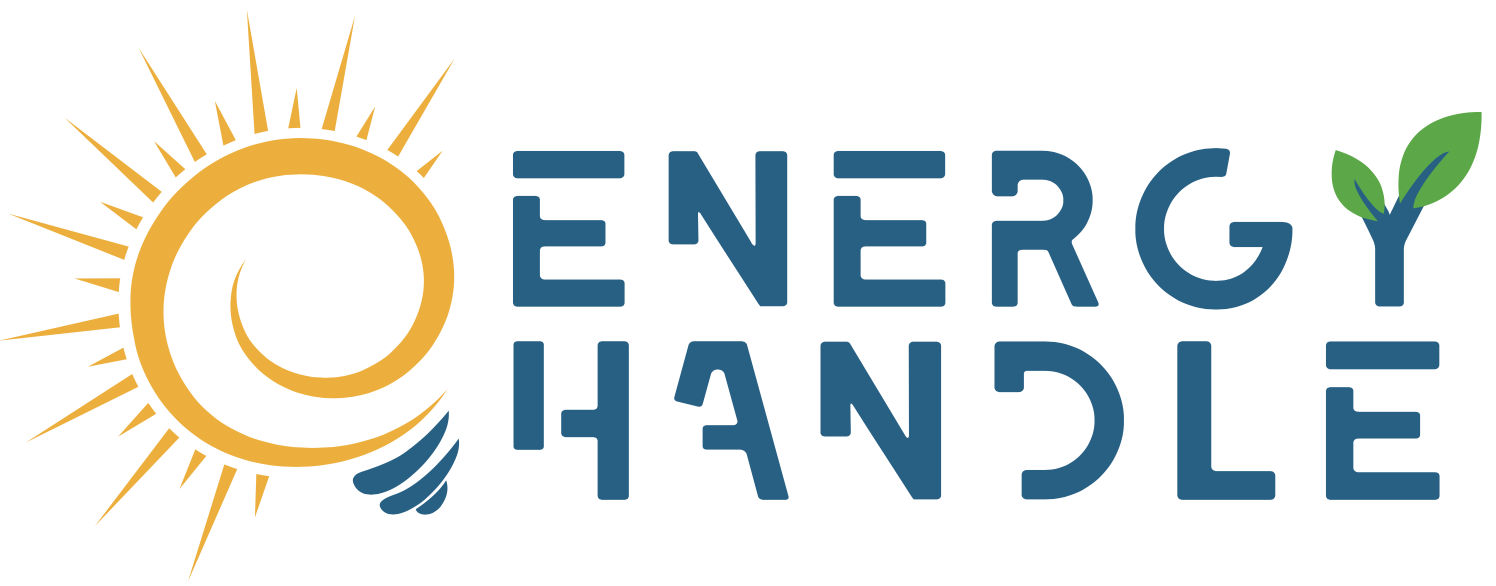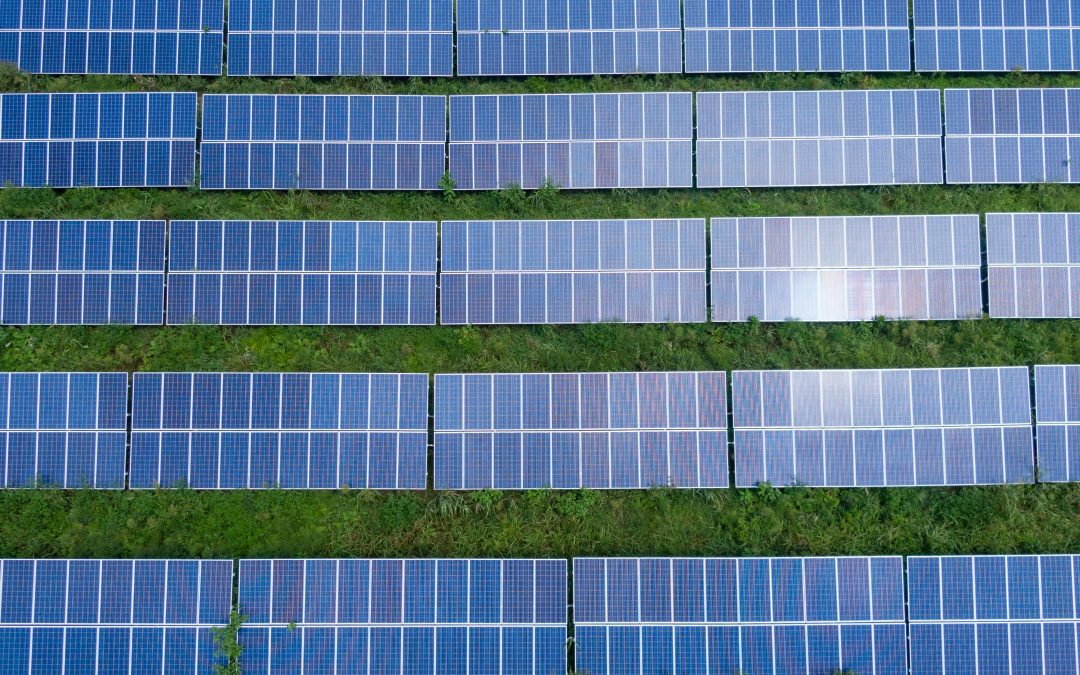The technology used to harness the sun’s energy : solar power maroc and make it usable is called solar energy. In 2011, the technology produced less than one-tenth of one percent of the world’s energy demand.
The technology is known to many as photovoltaic cells, or solar panels, which are found on objects such as spacecraft, rooftops and portable calculators. The cells are made of semiconductor materials like those found in computer chips. When sunlight hits the cells, it detaches electrons from their atoms. When the electrons pass through the cell, they generate electricity.
Working on a much larger scale, solar thermal power plants use a variety of techniques to concentrate solar energy as a heat source. The heat is then used to boil water to drive a steam turbine that produces electricity in the same way as coal and nuclear power plants, providing electricity to thousands of people.
For billions of years, the sun has been producing energy. Every hour, the sun sends more energy to Earth than is needed to meet the world’s energy needs for an entire year.
Getting the most out of the sun’s energy : solar power maroc
In one technique, long, U-shaped mirror troughs focus sunlight onto an oil pipe that runs through the medium. Then, the hot oil boils water to produce electricity. Another technique uses moving mirrors to focus the sun’s rays on a collection tower, where a receiver is located. The molten salt flowing through the receiver is heated to run a generator.
The majority of other solar technologies are passive. For example, large windows placed on the sunny side of a building allow sunlight to reach heat-absorbing materials on the floor and walls. These surfaces then release the heat at night to keep the building warm. Similarly, absorbing plates on a roof can heat liquid in tubes that supply a house with hot water.
Solar power is hailed as an inexhaustible, environmentally friendly and often quiet fuel source. It is also a versatile technology. For example, solar cells generate power for remote locations like Earth-orbiting satellites and cabins deep in the Rocky Mountains as easily as they can power downtown buildings and futuristic cars.
Trigger points
Solar power does not work at night without a storage device such as a battery, and cloudy weather can make the technology unreliable during the day. Solar technologies are also very expensive and require a large area of land to capture the sun’s energy at rates useful to a large number of people.
As a result of rapidly falling prices and efficiency gains, solar energy use has jumped by about 20 percent annually over the past 15 years. Despite the drawbacks. Japan, Germany and the United States are the major markets for solar cells. With tax incentives and effective coordination with energy companies. Solar electricity can often pay for itself in five to ten years.
Contact Energy Handle for more information

